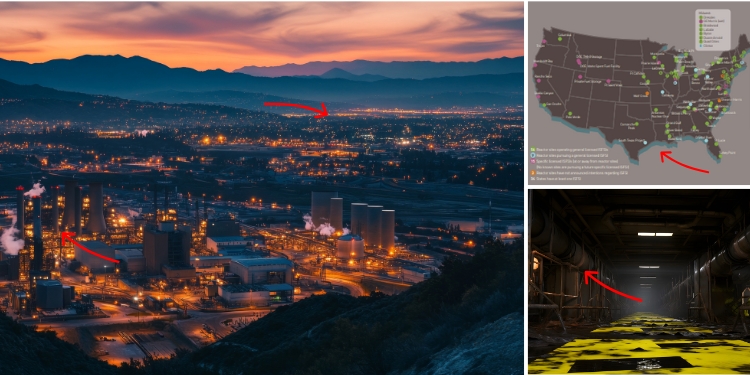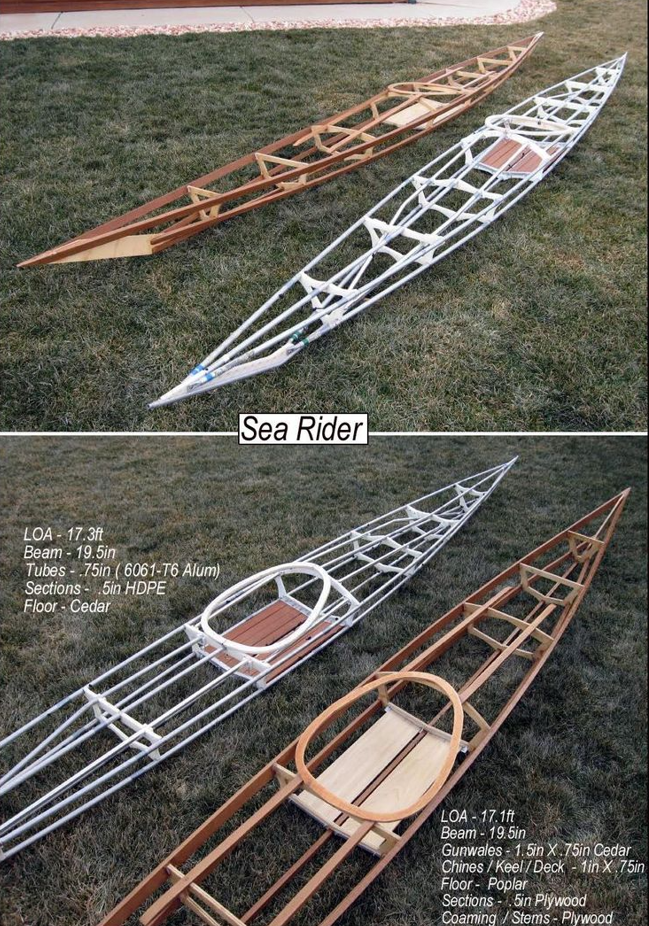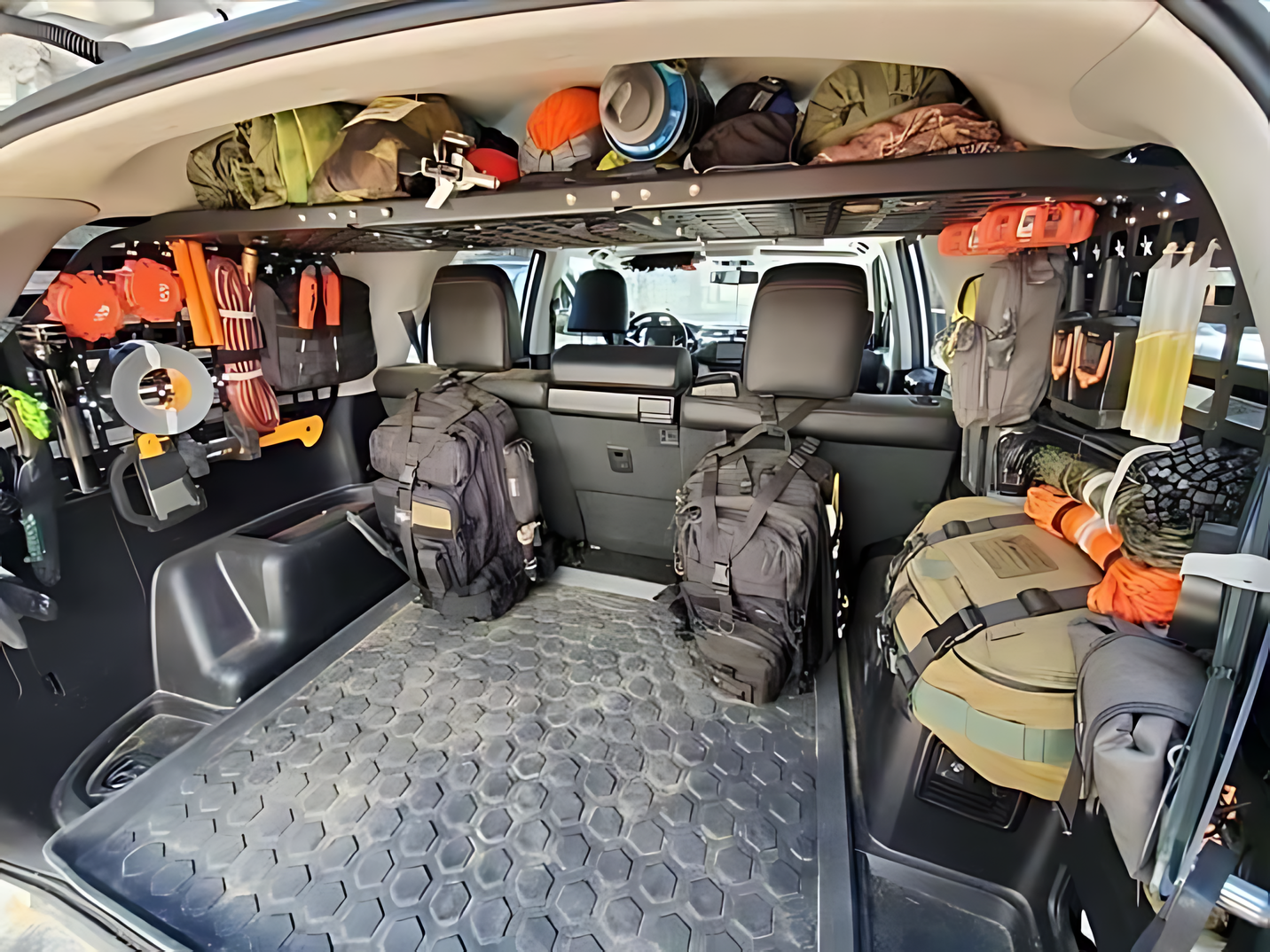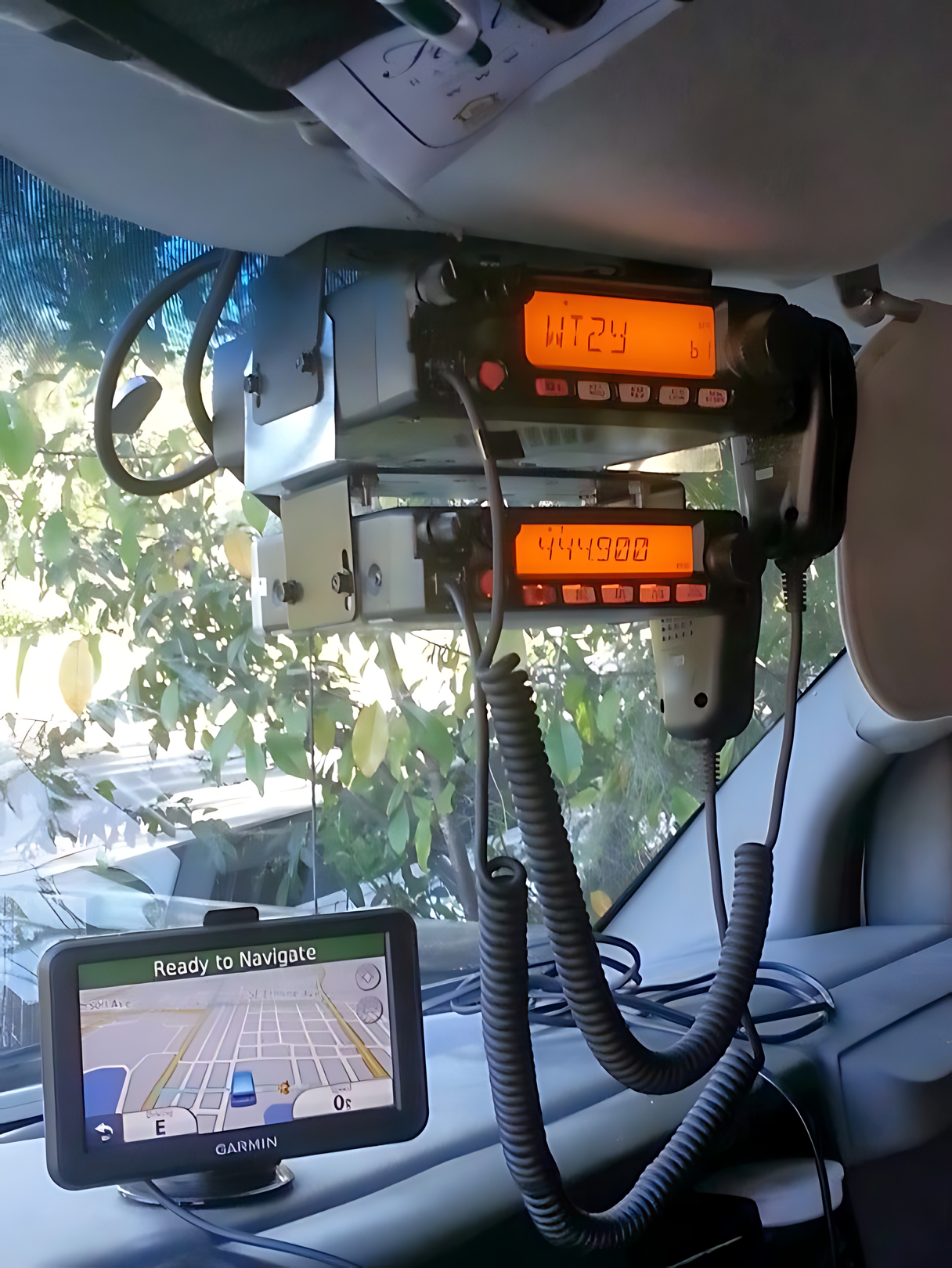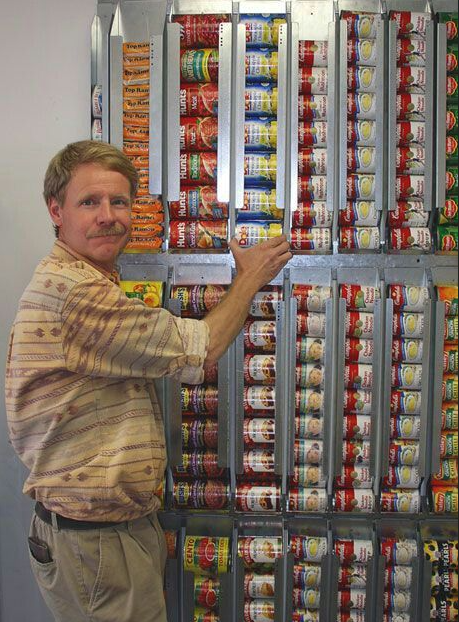Right now, over 90,000 metric tons of highly radioactive nuclear waste are quietly stored across 39 U.S. states, often just miles from where families live. This waste, known as Spent Nuclear Fuel (SNF), is a byproduct of decades of nuclear power generation. It’s invisible, rarely discussed, and dangerously misunderstood.
This isn’t a threat that’s going to blow tomorrow. But when something does go wrong—a hurricane, an earthquake, a prolonged blackout, or a terrorist attack—the consequences are devastating. We’re talking about radiation, contamination, and land rendered unlivable for not just years, but generations.
Make no mistake: this threat is real, and it’s growing. If you think you’re safe because you don’t live near a nuclear power plant, think again. The danger is already closer than you know.
The Real Story of Spent Nuclear Fuel
The word “spent” is a dangerous lie. While the fuel can no longer power a reactor, it is far from safe. In fact, when removed, it becomes even more unstable and deadly.
Immediately after removal, SNF is stored in cooling pools—deep, water-filled basins that absorb radiation and prevent the rods from overheating. These pools require a constant power supply to keep the water circulating. After a few years, the SNF is often transferred to dry casks, massive steel-and-concrete containers designed to seal in the radiation.
Here’s the horrifying truth: these containers were engineered to last only a few decades. The radioactive material inside them, however, will remain deadly for thousands, or even millions, of years.
The Silent Killer: Why SNF Is So Dangerous
SNF emits extremely high levels of radiation. Being near a single unshielded fuel rod can deliver a lethal dose in seconds. The waste is a cocktail of long-lived, toxic isotopes:
- Cesium-137: Highly soluble, contaminating land and water for centuries.
- Strontium-90: Mimics calcium and builds up in bones, causing cancer.
- Plutonium-239: One of the most toxic substances known, with a half-life of over 24,000 years. A single inhaled microgram can be fatal.
- Iodine-129: Has a half-life of over 15 million years.
The true nightmare is that the waste remains toxic for millennia, but the systems built to contain it were never designed to last even one lifetime. Cooling pools need continuous power, and dry casks are vulnerable to corrosion, earthquakes, floods, or sabotage. A major disruption could lead to a catastrophic radiation leak.
This isn’t an imminent threat, but when something goes wrong with SNF, the consequences are on par with a nuclear attack. It won’t explode, but it will poison. It won’t flatten buildings, but it will render land unlivable for generations.
Where Is SNF Stored in the U.S.?
As of 2025, over 100 facilities in 39 states are storing SNF. This isn’t just at a few remote nuclear plants; it’s often near major population centers, rivers, and coastlines. According to the U.S. Nuclear Regulatory Commission (NRC), 34 states have at least one Independent Spent Fuel Storage Installation (ISFSI). However, many older or decommissioned plants still store their spent fuel on-site, bringing the total number of states storing nuclear waste to 39.
Here are just a few examples of high-risk areas:
- California: San Onofre (decommissioned) and Diablo Canyon.
- Florida: Turkey Point (coastal, hurricane-prone).
- New York: Indian Point (shutdown, but still storing SNF near the Hudson River).
- Washington: The Hanford Site (one of the largest and most complex nuclear sites in the world).
The sad reality is that roughly 73% of all SNF is still in cooling pools, completely reliant on a stable power grid. The rest is in temporary dry casks. The United States has no permanent, long-term storage site, and due to political roadblocks, the waste just keeps piling up.
What Can You Do?
If you live within 50 to 100 miles of a nuclear storage site, you need to take this seriously. Awareness is the first step. You can use resources from the U.S. Department of Energy to see if you live near a storage site.
However, awareness isn’t enough. In a radiation emergency, your survival depends on having the right resources and a solid plan.
- Shelter: Radiation protection starts with distance and shielding. An underground shelter is an ideal defense, offering protection from fallout and gamma rays.
- Water: Radiation can contaminate water fast. Having a way to generate clean, drinkable water from the air is a crucial backup when the grid fails and municipal supplies become toxic.
- Food: When supply chains collapse and stores are empty, you’ll need to rely on your own food supply. Learn how to forage and identify wild edibles in your area, and make sure you have a stockpile of non-perishable foods.
- Medicine: You won’t be able to reach a hospital. Learn how to treat radiation burns, fevers, infections, and trauma on your own.
There is no room for wishful thinking. A cracked dry cask or a failed cooling pool won’t give you time to “figure things out.” You have a choice: awareness over ignorance, action over trust, and survival over surprise. This threat is manageable if you are serious about it.
